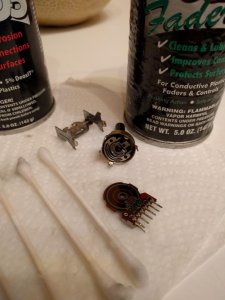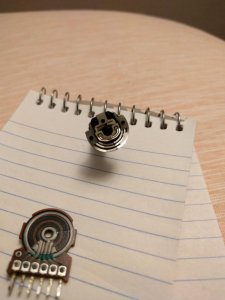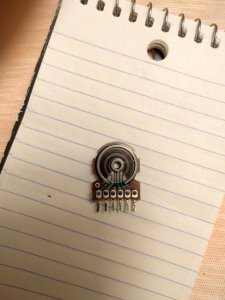The transistor is 2SC1568. Virtually any TO-126 NPN power transistor will work, recommended 1.0 amp or greater collector current. The application for which this transistor functions is not critical. However, when subbing, always compare the datasheets for the orig as well as the substitute to verify pin out assignments are the same, or adjust accordingly. In most cases, if the assignment is different, it can usually be corrected by reorienting the device 180 degrees as the center pin is "usually" the same. However as I mentioned earlier, why are you selectively replacing components indiscriminately without knowing for sure if there are problems? It's easy enough to check... with unit running, check voltage at B/C/E. If you are getting approximately 9.2/12/8.5, then the transistor is doing it's job perfectly and there's nothing wrong with it. The rusty part is NOT the transistor -- it is merely a heatsink that is clipped to it. If you change the transistor, the heatsink will need to be migrated over and it will still appear rusty. So if the appearance bothers you, then simply remove the heatsink, wire brush it, repaint and replace.
BTW, the original caps that you replaced were the correct value. It is unclear why the engineers set the values differently but it could be due to the fact that the two outputs have slightly different potentials, slight as it is (5.6 vs. 5.7). Besides, they are polyester caps -- they typically don't go bad like electrolytics.
As I mentioned in another thread, the power supply is not usually a source of hiss. PS introduced noise typically manifests as hum since it is 60hz related. Hiss on the other hand is random noise and not of any set frequency. If you want to know for sure, simply power it on batteries and if the hiss is still there, then you'll know that the PS is not the source of the problem. I'm not against rebuilding the power supply. If nothing else, new caps may help stiffen the PS and certainly can be considered preventative maintenance to ensure future issues don't rear it's ugly head. New rectifier diodes? Well, I suppose they are cheap enough but again, throwing parts... why not replace all the semiconductors then? I mean, what's the rationale for replacing these? Anyhow, that's just me -- I like to take a logical approach towards repair.








